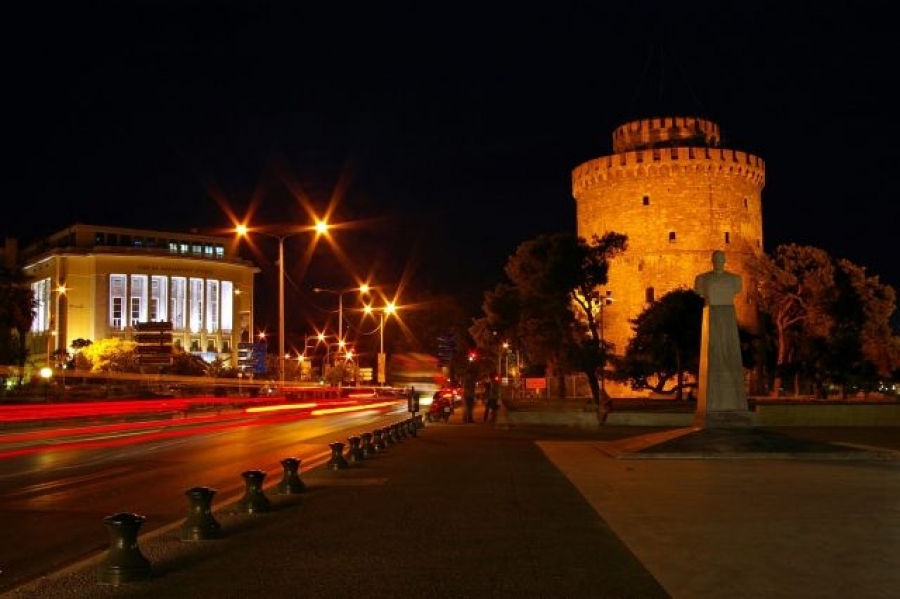Thessaloniki, Macedonia: A Journey Through Time

Thessaloniki, the second-largest city in Greece and the capital of the region of Central Macedonia, has a rich history that spans over 2,300 years. Its strategic location at the crossroads of Europe and Asia has made it a key player in the complex history of the Balkans and the wider Mediterranean region.
The Founding of Thessaloniki
The city was founded around 315 BC by King Cassander of Macedon, on or near the site of the ancient town of Therma and twenty-six other local villages. Named after Thessaloniki, the wife of Cassander and half-sister of Alexander the Great, the city soon became an important center and one of the major cities of the kingdom.
From Roman Rule to Byzantine Glory
After the fall of the Macedonian kingdom, Thessaloniki came under Roman rule. In 168 BC, it became the capital of the second district of Macedonia, and later it was made the capital and major port of the whole Roman province of Macedonia. The city’s importance continued into the Byzantine period, with its fortifications, churches, and palaces serving as testaments to its former glory.
Thessaloniki Today
Today, Thessaloniki is a vibrant city known for its lively nightlife, cultural festivals, and historic landmarks. It also serves as a major economic hub and an important center for education and research in Greece. Despite the challenges brought by time and historical upheavals, Thessaloniki has managed to preserve its unique character, bridging the gap between its glorious past and its promising future.
As you walk along its streets, you can feel the pulse of history under your feet, from the ancient Roman forum to the Byzantine walls, from the Ottoman-era White Tower to the modern Aristotelous Square. Everywhere you look, there are reminders of the city’s rich and diverse history, making Thessaloniki a living museum of Mediterranean civilization.
In conclusion, Thessaloniki, with its strategic location and rich historical tapestry, continues to be a city of great significance. Its past is intricately woven into its present, making it a fascinating destination for history buffs and travelers alike.
